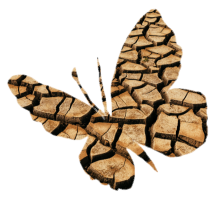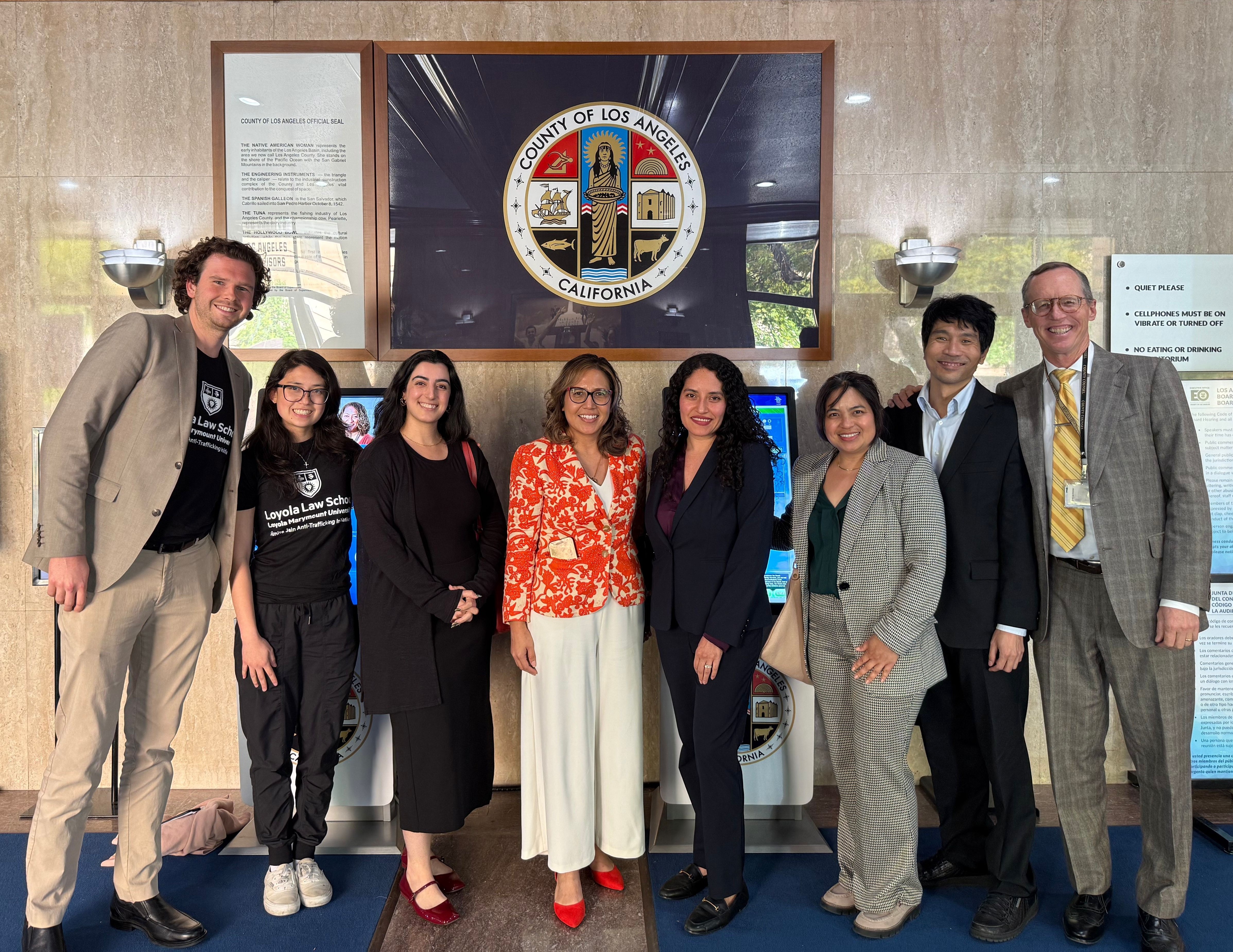CLIMATE JUSTICE
PREVENTING TRAFFICKING IN THE AFTERMATH OF NATURAL DISASTERS
THE PROBLEM
Climate change is fueling more frequent and severe natural disasters such as wildfires, floods, and extreme heat. These events don’t just destroy property and displace communities, they destabilize essential systems like housing, employment, healthcare, and emergency response. In this instability, traffickers exploit displaced individuals and workers recruited for cleanup and rebuilding.
A growing body of national research shows that natural disasters consistently create conditions that heighten the risk of labor trafficking, especially for construction workers, domestic workers, day laborers, and others recruited for recovery efforts. Case studies from past disasters, including Hurricane Katrina, reveal widespread patterns of coercion, wage theft, recruitment fraud, debt bondage, and unsafe working conditions. These patterns have reappeared across multiple states and industries, demonstrating that climate-driven disasters intensify vulnerabilities for workers and communities already at the margins.
SJI reviewed key findings from national research and legal case histories, including:
- Protecting Workers from Human Trafficking in Disaster Relief Efforts A detailed overview of how labor trafficking increases after disasters, including data from a 2024 study of recovery-sector construction workers showing high rates of exploitation and trafficking.
- Case Examples of Labor Trafficking in the Wake of Natural Disasters Legal case summaries illustrating labor trafficking patterns in construction, hotel work, domestic work, and demolition following Hurricane Katrina and other disasters.
OUR GOAL
Our goal is to advance state and local policies that integrate anti-trafficking protections into all climate and disaster response systems. Through our advocacy, we work to:
- Embed anti-trafficking measures into emergency planning, preparedness, and recovery efforts across California and within Los Angeles City and County.
- Strengthen oversight and ethical labor standards for contractors, subcontractors, and recovery-sector employers responding to disasters.
- Require training for frontline responders and public agencies at both the state and local level to identify and address trafficking risks during emergencies.
- Increase public awareness and community readiness to prevent exploitation during and after natural disasters.
THE IMPACT
Adopting these protections would create safer, more equitable conditions for workers and communities during disaster recovery. These measures would:
- Reduce vulnerabilities to trafficking and exploitation
- Strengthen worker protections through clear labor standards and ethical procurement
- Promote accountability among contractors, subcontractors, and labor brokers
- Improve coordination between emergency responders and anti-trafficking systems
- Enhance community awareness, helping people recognize and report exploitation
- Provide a model for other jurisdictions responding to climate-related disasters
These reforms would not only protect individuals during crisis, they would build a more resilient and just disaster-response infrastructure for the future.
 |
LOCAL ADVOCACY

Protecting Communities Before, During, and After Crises
Following the LA fires in January 2025 - the worst the region has experienced in recent history - we quickly launched advocacy efforts urging the LA County Board of Supervisors and City Council to integrate trafficking prevention into disaster response through public awareness, ethical procurement, and mandatory staff training. A key milestone came on April 1st, when the Board unanimously passed a motion by Supervisor Holly J. Mitchell directing the County to incorporate anti-trafficking measures into its disaster preparedness and response systems. The Los Angeles City Council advanced this effort as well, passing its own motion in August to strengthen anti-trafficking protections within the city’s climate and disaster response framework. Together, these actions represent crucial steps toward protecting vulnerable communities before, during, and after a crisis.
Learn MoreTAKE ACTION

Share What You See. Help Shape the Response.
If you’ve witnessed or heard about trafficking risks during or after a natural disaster, we want to hear from you.
Please take a few minutes to complete our short questionnaire. Whether you’re a service provider, frontline worker, or community member, your insights help us better understand what’s happening on the ground and strengthen our advocacy, training, and response strategies.
Complete SurveySTAY AND CONNECTED
Sign up for updates on our work to prevent trafficking after disasters.
FOLLOW US
Stay connected by following us on social media, where we share updates on our advocacy, highlight survivor-centered initiatives, and post opportunities to get involved.